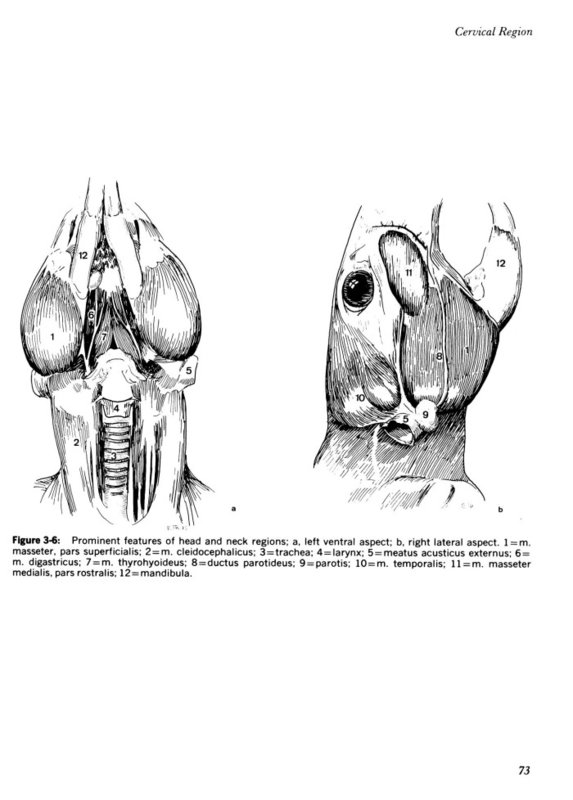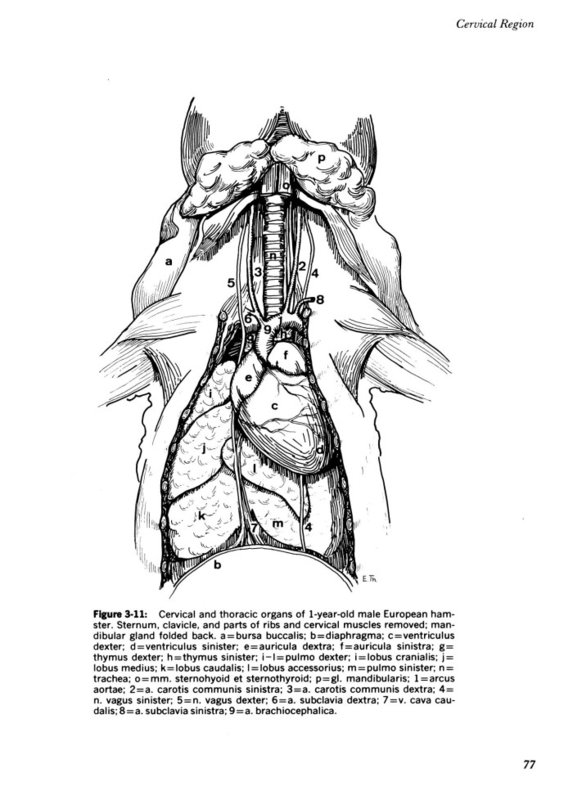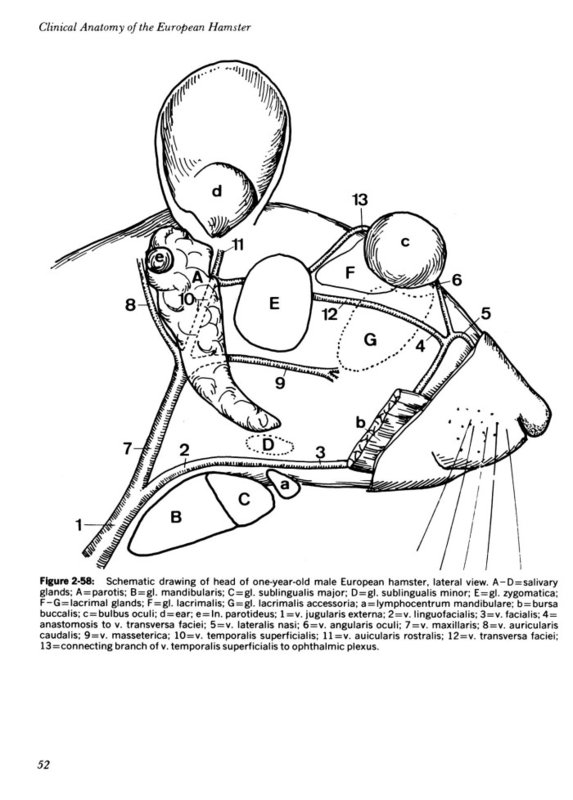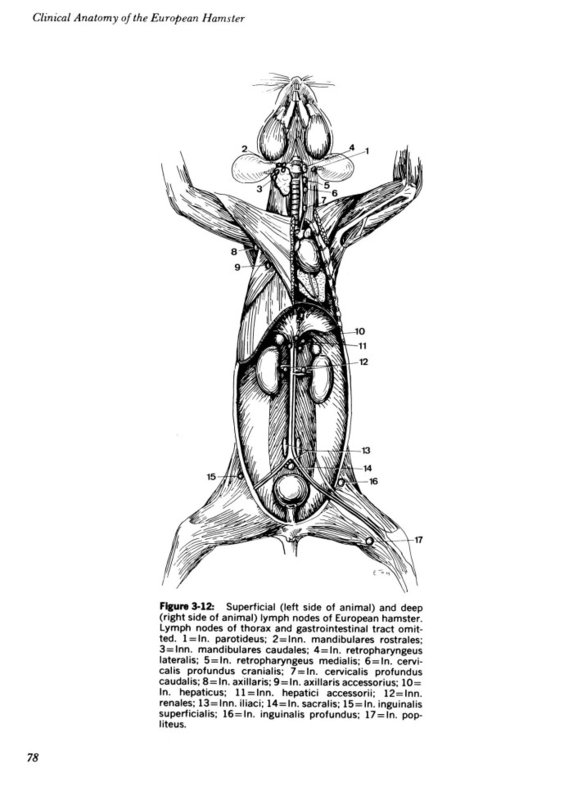With
proper care and
diet, hamsters tend
to be healthy
animals. The most
common health problem is
called “wet tail” and
appears as foul
smelling diarrhea. It
is usually related to the stress of moving to a new home
or a sudden change in diet. Preventative
medication is available and can also be used to treat it should it
occur. It is best to pick up a small
amount of food the hamster has been used to and mix it with any new food
being introduced. Do not offer your
hamster fresh veggies or fruit for about a week and then do so gradually and in
small amounts. (6)
Adult body weight:
95 - 150g (female); 85 - 130g (male)
Life span: 1.5 - 2
years
Respiratory rate: 35
- 135 breaths/minute
Heart rate: 250 -
500 beats/minute
Normal average
rectal temperature: 102ºF
RBC 7,500,000/mm
WBC 7,600/mm
Segmented Neutrophils 21.9%
Non-segmented Neutrophils 8.0%
Lymphocytes 73.5%
Monocytes 2.5%
Eosinophils 1.1%
Basophils 1.1%
Get into the habit of examining your pet
carefully every week. It’s a good idea
to weigh him too. Make this a regular thing and you’ll bond better with
your pets. And you’ll catch any problems
early – your Syrian hamster is nocturnal, so health issues might not be
so easy to spot. (3)
Check that your Syrian hamster’s behaviour
is normal – active and playful in the
evening. Gauge how they walk, looking for limping, or signs of
pain. A sick pet will be irritable and
may bite more frequently. (3)
 |
| Hamster Skeleton (25) |
The nose should be clean and dry – sneezing
and runny nose are signs of cold or fl u.
Check to ensure that your
pet’s teeth haven’t grown too long. See
whether they’re misaligned or
chipped. Losing weight and loss
chipped. Losing weight and loss
of appetite could be a sign of dental
problems.(3)
They should be bright, and not runny or
watery – this could be a sign of an
allergy or a cold.(3)
Finally, it is worth remembering that
hamsters are short sighted, especially those with pink eyes, so keep a close
eye on yours if let out of the cage. (12)
Check for lumps in the cheeks which may
feel like an abscess. It is likely to be
an impacted cheek pouch. The lump may be so large it may force the
eye to close. The pouch will need to be
emptied and rinsed, which can only be done by a vet.(3)
Check for patches of hair loss, which could
be the result of rubbing against the
cage or fur chewing. This can be a sign of boredom or the result of
abrasive bedding. (3)
Hair loss is also linked to protein
deficiency. Check for signs of itching
combined with any hair loss – this could be a symptom of parasites or ringworm.(3)
Like their teeth, a Syrian hamster’s nails
grow continuously. Playing with wooden
toys will keep them
short, but check to make sure they’re not
overgrown. If they are, your vet will
clip them safely.(3)
Regular grooming helps to strengthen the
bond between you and your pet and can highlight health problems too. Groom your
hamster once a week or daily if it has long hair to keep its skin and coat
healthy. (8)
Know your hamsters'
anatomy and have the necessary interventions to take care of them better.
 |
| Hamsters' Cervical Region Schematic Drawing / Diagram |
 |
| Hamsters' Cervicothoracic Region Schematic Drawin |
 |
| Schematic drawing of the head of hamsters |
 |
| Schematic drawing of the lymph nodes of hamsters' body |


I appreciate this posting. Very nice indeed and thanks for giving me this information.
ReplyDeleteGreat and I have a swell offer you: What Home Renovation Expenses Are Tax Deductible for home renovation
ReplyDelete